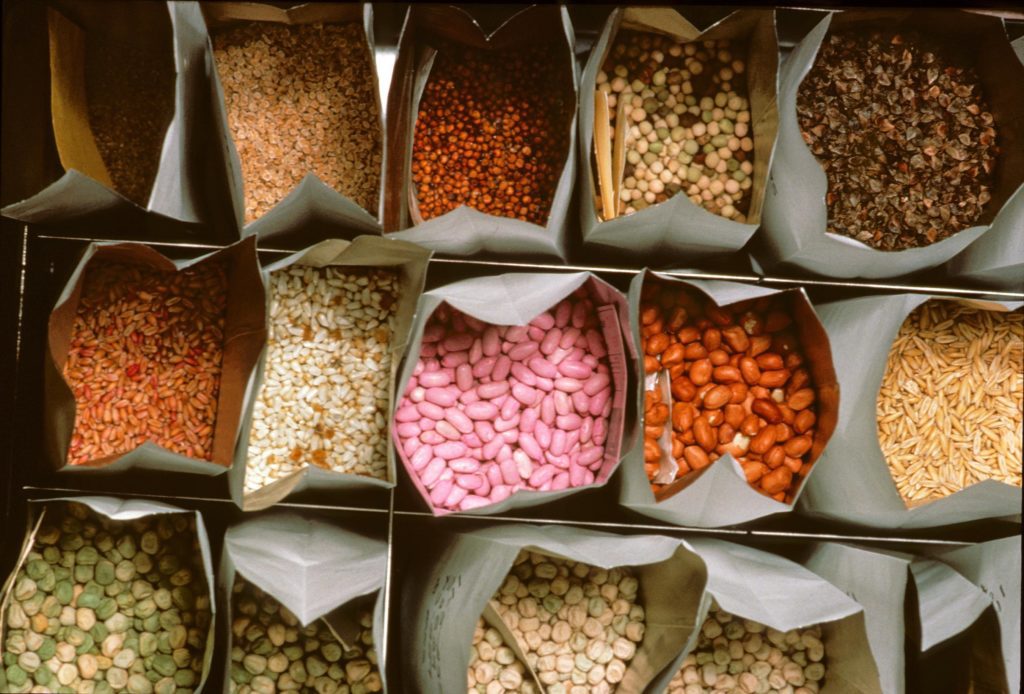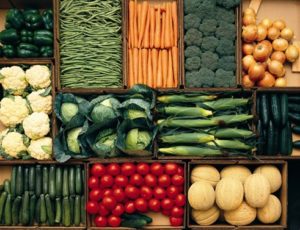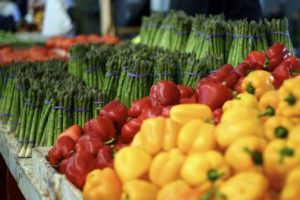

Nov 1, 2022ASTA helps sow the future of seed technology
When vegetable growers plant a seed in the field, they’re putting faith in a multi-year development process that is designed to deliver highly specific results, from how long it takes for the seed to grow into a plant that’s ready to harvest to how the plant can resist certain diseases.
Historically, that development process relied on extensive field trials, with a seed company selectively breeding the plants season after season until the vegetable exhibited traits sought by growers.
For many varieties of fresh produce on store shelves, that’s more or less the same process still used today. But a growing interest in modifying plants through gene editing methods, including CRISPR-Cas9 (clustered regularly interspaced short palindromic repeats), is gaining interest as a way to tweak a plant to exhibit chosen characteristic while cutting development to less than half the time in some cases.
Gene editing is a process scientists use to make targeted modifications to a plant’s DNA in order to strengthen it. Gene editing is the most recent breakthrough in a continuum of breeding methods that have been used to develop more beneficial food for centuries. A growing understanding of DNA allows this to happen in years, rather than decades. In many cases, the changes made through gene editing could happen naturally through an evolutionary process, making the gene-edited plant the same as products developed through other existing breeding methods.
The American Seed Trade Association (ASTA) represents more than 700 companies, ranging from multinational biotech companies to small family operations, as well as allied industries.


Fan-Li Chou, ASTA’s senior vice president of scientific affairs and policy, is focusing on the new breeding techniques coming down the road. To bring new varieties to market, ASTA wants to ensure seed companies can access and incorporate the necessary tools into their breeding programs.
Chou listed three issues facing agriculture in general and seed technology in particular:
- Public demand for sustainability is making the choice to adopt those measures by the grower to move from an economic choice to a social responsibility perspective;
- Conversations on health, including at the recent White House Conference on Hunger, Nutrition and Health, spotlight the health benefits of eating fresh fruits and vegetables and the potential to boost the nutrition; and
- Despite measures growers have already adopted, there is an increased pressure on growers to decrease fertilizer and other chemical use and to be better stewards of farmlands to improve upon what they’ve been doing, Chou said.
“There is a new suite of tools called gene editing, which has improved and enhanced conventional breeding,” Chou said. “I think a lot of the small-acreage crops, the specialty crops, are looking at the regulatory policy framework in the U.S. and internationally, and whether it is going to be accessible to them.”
Some companies that develop seeds are on the leading edge of the technology, focusing on consumer health and characteristics in fresh produce that deliver flavor while fulfilling a grower’s checklist of desired attributes.
“There’s a lot of really exciting research that’s going on, both in the public and private sector,” Chou said. “It’s very much focused on the societal challenges and consumer interest. They are still addressing yields and agronomics, because you can’t not do all of those things.”
To Chou, the process is “super exciting” when the result is something consumers love and growers value. In doing so, consumers become less likely to oppose the science behind the product.
“We believe that if we have a product the consumer can get excited about, the tools you use to do so become less of a concern,” Chou said. “I think that’s what ASTA is trying to do, to bring more awareness, to bring more acceptance or curiosity to the future of seed development.”
New chapter in seed development
Bethany Shively, ASTA’s vice president of strategic communications, said there are companies that are “really forward-facing” and doing their own research into new technologies.
“I don’t want to speak for them, but I will say this: We’ve been hearing some very positive things, especially if we’re talking about these benefits that are directly consumer-facing and really have some strong sustainability benefits,” Shively said


Sustainability and climate change are increasingly being cited as driving new seed research and development. Fruits and vegetables are also being altered to fight food waste: Okanagan Specialty Fruit’s Arctic apple varieties and J.R. Simplot’s Innate potato are non-browning varieties that don’t bruise and are geared for fresh-cut operations and french fries.
“Companies are developing varieties that can help fight climate change, that sequester more carbon in the soil,” Shively said. “We’re seeing a lot of really cool innovations that have a lot of potential for appealing to consumers.”
Four years ago, ASTA unveiled an effort to educate consumers and champion successful technologies to enhance seeds: innovature.com. The website charts the progress from the birth of agriculture in 9000 BCE to the early scientific age and the DNA Age (1953-2012).
“Through the platform, we are sharing these exciting stories of innovation. We’re facing some really big challenges when it comes to the environment, to food protection and food security,” Shively said. “We really feel that plant breeding has a role to play there and we need innovation to help solve some of these challenges.”
Response has been positive, and ASTA’s counterparts in some overseas countries are using the website as a model to launch their own domestic outreach.
“We’ve been able to tell a lot of stories, but I think it remains to be seen whether it has moved the needle in terms of consumer acceptance,” Shively said. “We’ll probably need to see some more testing down the road.”
She said the organization realizes a single technological advancement to solve agriculture’s future, from climate change to adequate water availability, isn’t likely.
“We do need to continue to innovate, to continue to work with our partners along the food and agriculture value chain,” she said. “We think that plant breeding operations really have a positive story to tell.”














